|
So did the soups live up to all the hype? As usual, some did and some didn’t. It was obvious that each cook had put loving attention into the making of thezuppa. They had been made with care and all contained the correct basic ingredients. It was the ‘element of surprise’ that I sometimes found too surprising: the domineering aroma and flavour of nepitella (Calamintha nepeta) in sample 2 (it was a blind tasting) and the overpowering sensation of stringy celery in sample 4. Cavolo nero is delicious but had taken over the whole bowl in one sample, and another screamed carrots. The individual flavours should be in balance and harmony; the subtle flavour of cinnamon in one was just right. I like a few whole beans in my zuppa, but only a couple of cooks seemed to agree with me. In the first round I attended, we tasted five soups, and the winner came next to bottom in my ranking. My friend Kathleen Dunne and I were the only foreigners, while the rest of the jury were Italian and mostly in their 20s and 30s, many of them employees at Effecorta, a newish grocery in Marlia that shortens the supply line by buying directly from local farmers. But at the second round, my favourite of the six was also the winner in the eyes of the locals. The dinner was held in the church hall at Aquilea, and here I was the only foreigner. More of the crowd were older than at the previous judging, and it was a woman in her late 50s who had made the winning soup. Maybe one’s palate changes? Or perhaps the young are more daring and out for obvious excitement, whereas us oldies desire the warm comfort of the known? (Photos of the Marlia round are at: Disfida della Zuppa)
0 Comments
During a necessarily brief Twitter conversation with Alex Roe of @newsfromitaly and Blog from Italy about the Slow Food Compitese e Orti Lucchesi soup tournament, he asks me what one wins. I know every contestant gets an apron and a certificate, but what does the winner get? I look at the announcements, the menus, the Elegy to Zuppa and the rules of the competition. Nowhere is a prize mentioned. I email Marco Del Pistoia, the leader of Slow Food Compitese. No reply. I telephone. Hesitation. ‘Ma’, I can imagine the shrug of his shoulders, ‘we haven’t decided yet. Maybe a hand-painted ceramic soup tureen filled with local produce.’ So whatever the official prize turns out to be, the contestants are really competing for the love of soup. If you haven’t had enough soup yet, try my soup story at Sapori e Saperi Newsletter vol. 2 no. 4 where you’ll find out the basics for making a zuppa yourself. According to my Italian dictionary ‘zuppa’ means: pasta, rice or vegetables cooked in broth (of meat, fish, legumes or vegetables), served with small pieces of bread, toasted or fried in oil or butter. More a stew than a soup. And this is only the beginning according to the ‘Elegy on Zuppa alla Frantoiana’, which we found at each of our places at the Disfida della Zuppa (Zuppa Tournament) at Ristorante Diavoletti in Camigliano on Friday night. Since it covers both sides of an A5 page in tiny type, I’ll try to convey its essence. ‘The Zuppa alla Frantoiana is a dish that, for the Lucchesia [area around Lucca] and in particular the plain of Lucca, represents a synthesis of territory, characteristic local produce, memories, culture and social gatherings.’ That’s a lot to pack into a bowl of vegetables. Yet every one of those elements was present at the Zuppa Tournament. A group of about 60 people — old, young, families, singles — from a radius of maybe 10 km had gathered to eat and judge a dish, made from ingredients also from a radius of about 10 km by a friend or parent or child. In judging each cook’s entry, this volunteer jury was comparing it with Zuppa alla Frantoiana as made by their mothers and grandmothers and friends and local restaurants, and inevitably recalled the many occasions on which they had eaten it. Even I, only five years in the Lucchesia, was remembering the first time I ate it at the Sagra della Zuppa (Zuppa Festival) at Aquilea, its annual appearance at my own village’s Ferragosto dinner and its apotheosis as created by Emma at Da Pinzo in Ponte a Moriano, not to mention my own efforts which often provide a satisfying winter supper. The Elegy lists the essential ingredients:
There are so many beans to choose from. You can choose some grown near you. (Photos: http://germoplasma.arsia.toscana.it/) ‘The Zuppa is a “dynamic” dish in that it has a high level of “diversity” depending not only on the hand of the cook, but also the family tradition, the village and the season in which the zuppa is made, determining which wild plants are available.’ Besides it’s traditional value, it has other notable qualities:
The Elegy ends with a plea. 'Increasingly we find banal versions of this traditional dish on the menus of bars that serve food reheated in the microwave and on the shelves of supermarkets packaged in simulated plastic terracotta for the microwave. We mustn’t forget the proverb: "There is no future without memory". Let’s keep the original identity of the Zuppa at the heart of present-day and future creativity.' Correction to my previous post: There are six rounds, not five, to determine the finalists. The play-off will be on 27 February at the Frantoio Sociale del Compitese, Pieve di Compito. To be absolutely clear, the remaining rounds take place at 20:00 as follows: 22 January at Effecorta, Marlia; 23 January at Aquilea (sold out), 30 January at Sala ex Collegio Cavanis, Porcari; 5 February at Ristorante La Pecora Nera, Lucca; 6 February at Sala Parrocchiale, Santa Maria del Giudice. Each round is a full dinner, not just soup. Only €20 per person (€17 if you’re a member of Slow Food). Go to Disfida della Zuppa 2010 Lucchesia e Compitese for booking information. Don’t miss the chance to help choose the champion soup maker! As soon as Marco del Pistoia, leader of Slow Food Compitese e Orti Lucchesi, told me they were organising a soup tournament, I asked him to put me on the mailing list and ever more excited emails keep arriving about the pilgrims already being on the road. The contestants are volunteers each believing his or her soup recipe to be the best in the region, or more probably in the world; the juries are self-selected gourmets and gluttons from the public. There will be five rounds to determine the finalists who will compete on 6 February for the ‘World Championship’ at the Sagra della Zuppa (Soup Festival) at Santa Maria del Giudice, not far from Lucca. The soup will be variations on zuppa alla frantoiana, a thick vegetable soup based on a brodo di fagioli (bean broth) and drizzled with new-season olive oil. Some people maintain the tradition of including wild greens; those suitable for soup are only in season from January to March. It takes at least a day to prepare, or two days if you count the 12 hours needed for soaking the beans and the time spent scouring the fields and hedgerows for the wild herbs. It would be a great course for Sapori e Saperi Adventurers. I’ve signed up for the jury on Friday and Saturday evenings and am already wondering, what is the equivalent of a tiebreaker in a soup tournament — who can throw their soup pot through the kitchen window first? If they’re not all deep dark family secrets, I’ll come back with some recipes. In case you’re near Lucca and are in the mood for some good warming soup, the full programme is at: Disfida della Zuppa 2010 (it takes forever to load, Slow Web?). If you need a translation, send me an email at [email protected] Too late again this year to help with the tortelli (meat-filled pasta pillows) for the New Year’s Eve village dinner. The other women have finished them by 9.15 am. New Year’s resolution: get up earlier next 31 December (hope I remember). The mark of a feast is double the number of dishes in each course. Dalida and Anna Rosa are the masterminds of village dinners and they have no trouble coming up with more than enough dishes between them. Here’s the menu that we struggle to get to the end of, but dare not omit a single one for fear we will miss the best. Antipasti: crostini with mascherpone and walnuts, crostini with various toppings and radicchio with stewed lentils Primi: crema di zucca (cream of squash soup), risotto with leeks and gamberetti (shrimp) and tortelli al ragù Secondo: Spezzatino di maiale with olives and chestnuts (pork stew) Torta laced with something alcoholic (see above) Lentils symbolise money, and you must eat them on New Year’s Eve to ensure a prosperous year ahead. It must be true: on New Year’s Day a rainbow pointed to a pot of gold just below the village car park. Anna Rosa apologises that there is only one main course, but after seconds and even thirds of the tortelli, no one notices the lack. For me the risotto and spezzatino come tops, but the soup is delicately piccante and the tortelli achieve the usual high standards of Casabasciana. A television has been rigged up in the village hall and ten seconds before midnight we join the television crowd counting down until the corks of the spumante bottles pop and we greet each other with heartfelt ‘Auguri!’ and a kiss to each cheek.
|
Email Subscription
Click to subscribe to this blog and receive notifications of new posts by email. AuthorErica Jarman Categories
All
Archives
October 2023
|
|
copyright 2017 sapori-e-saperi.com | all rights reserved
|
Website by Reata Strickland Design

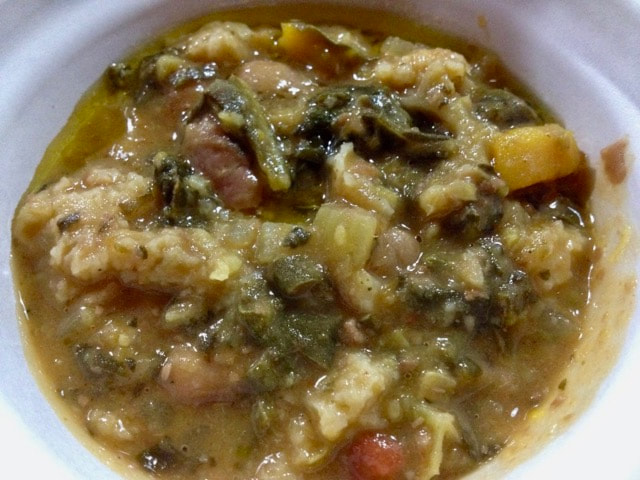
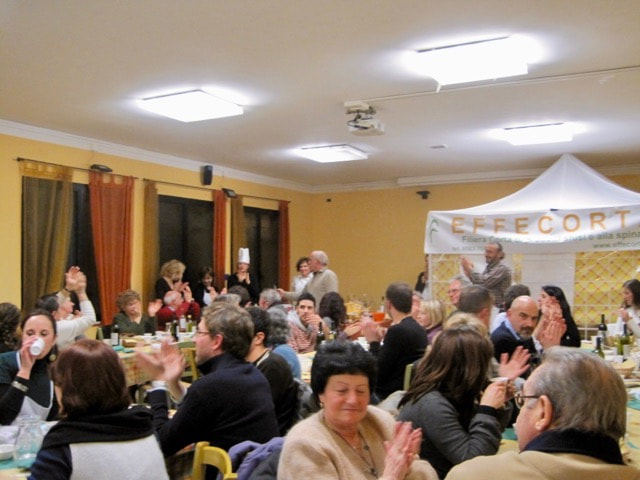
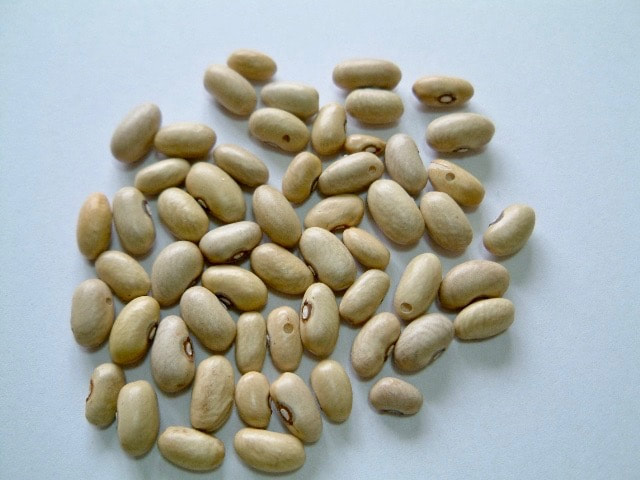
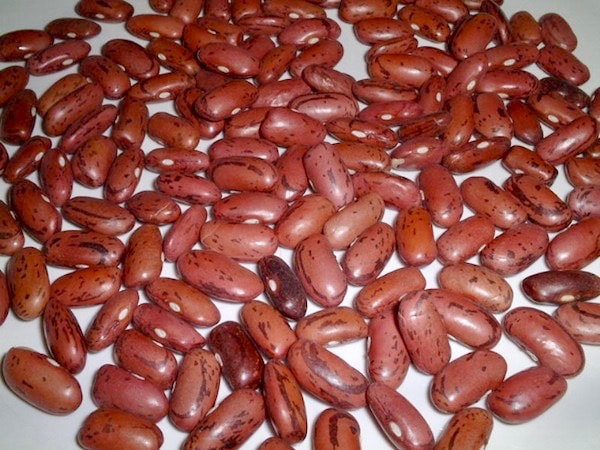
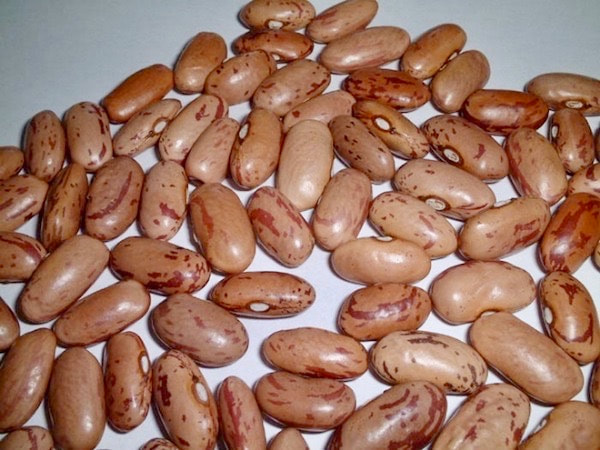
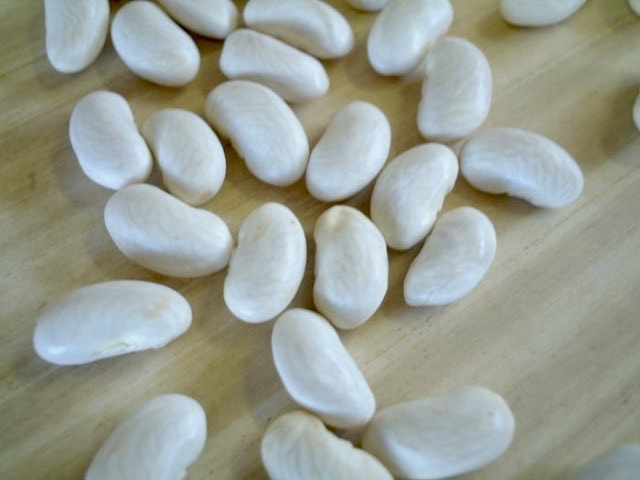
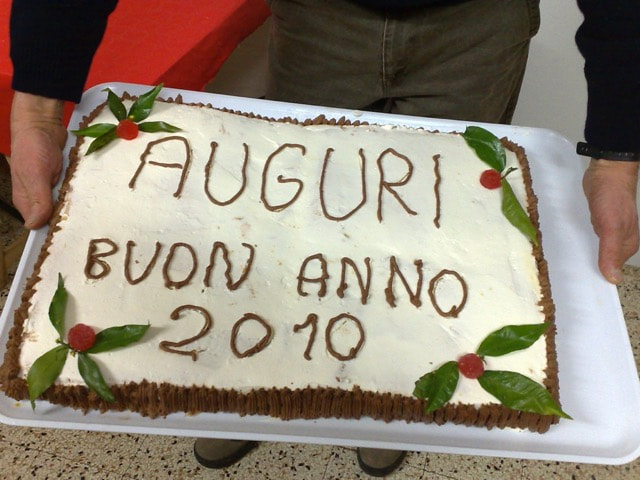
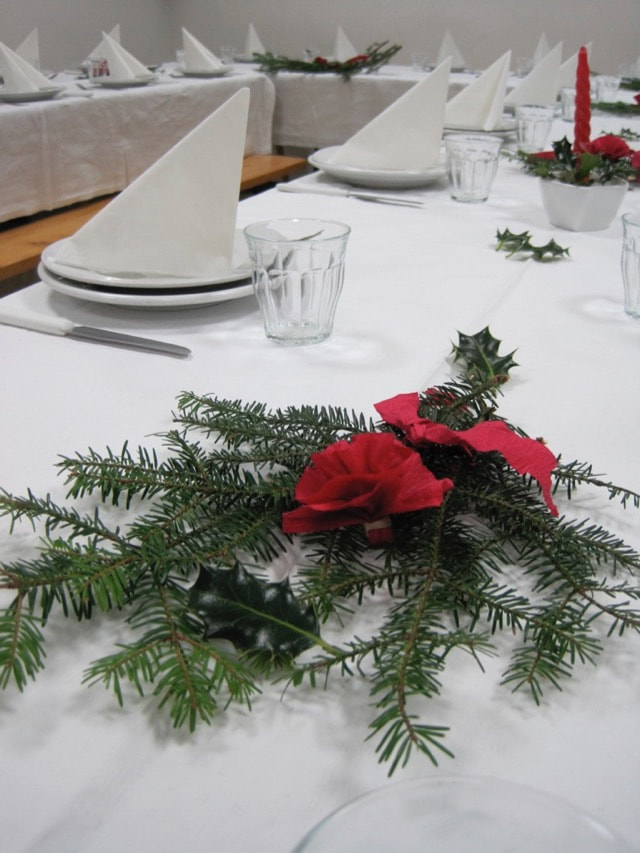
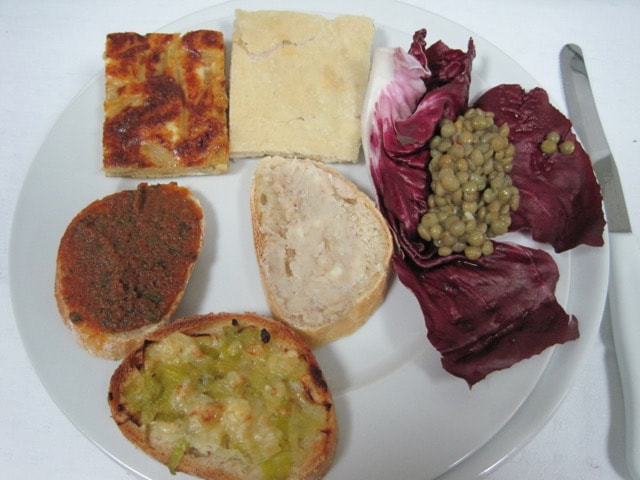
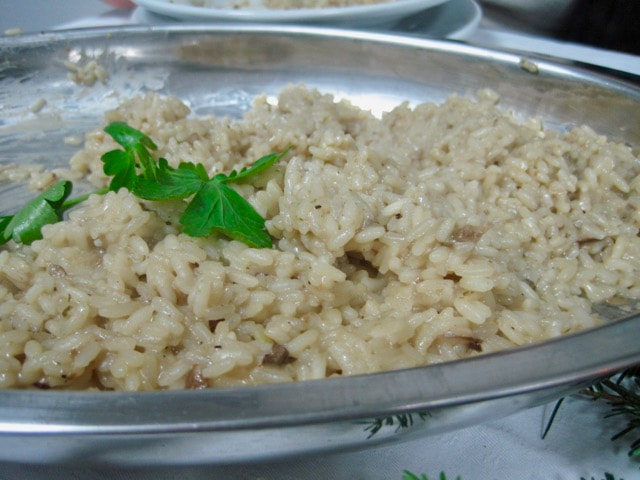
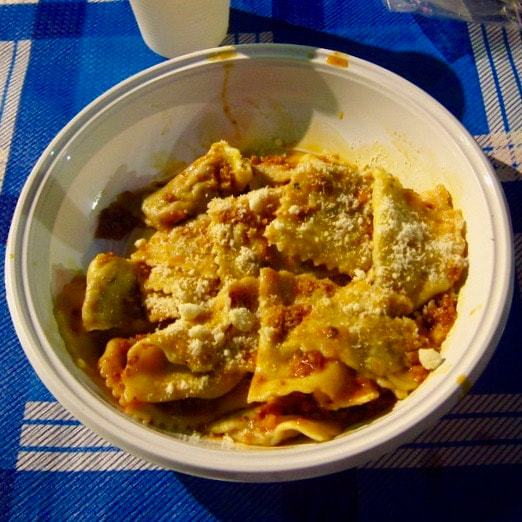
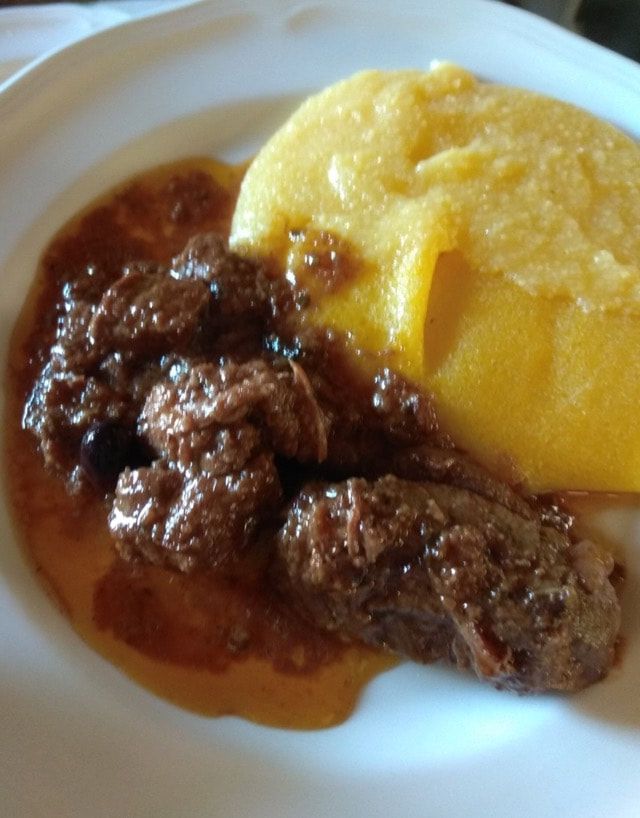
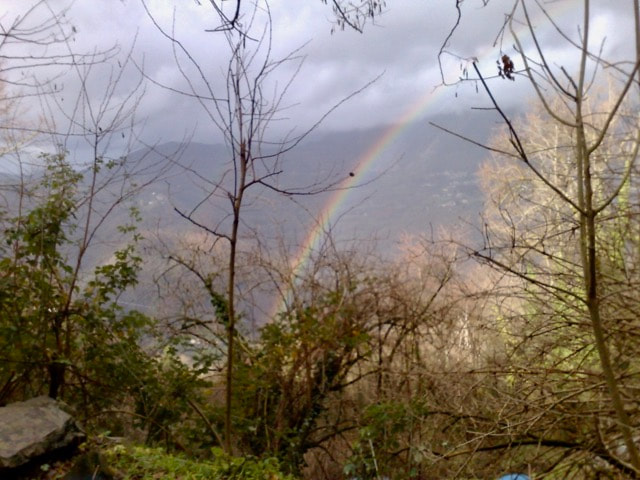
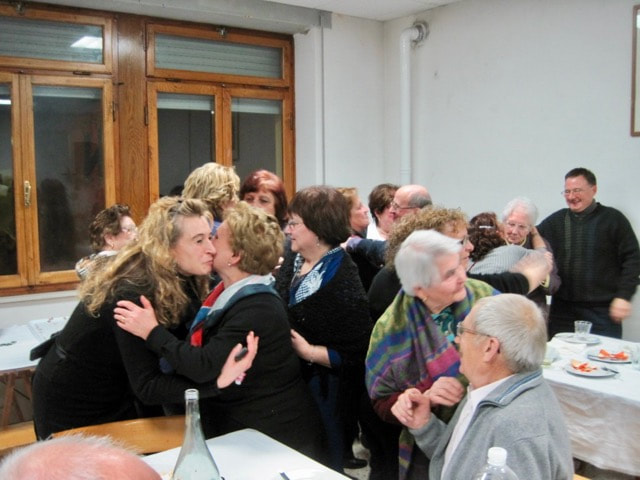
 RSS Feed
RSS Feed



